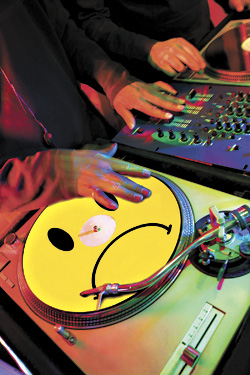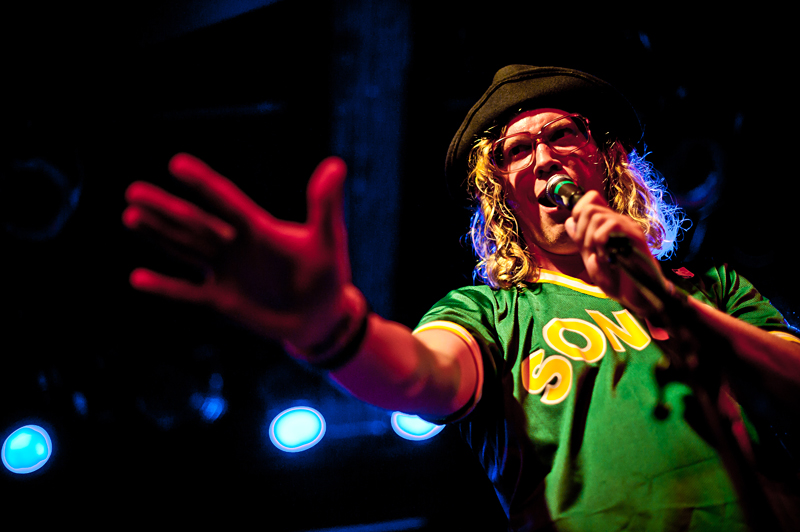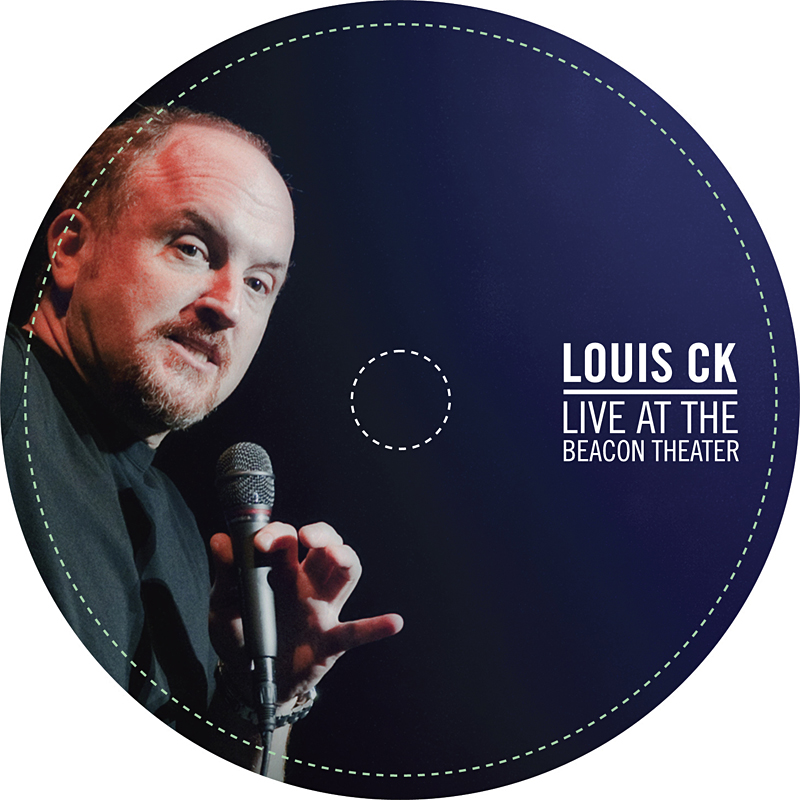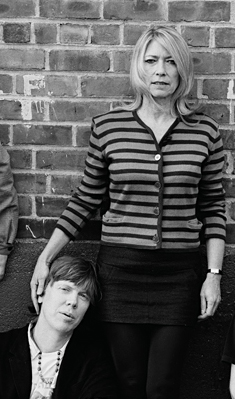The surefire way to kill a good party: Play depressing music. Throw Merle Haggard’s “My Favorite Memory” or Leonard Cohen’s “Suzanne” onto the turntable—or, worse yet, Townes Van Zandt’s “Tecumseh Valley”—and watch as the good-time buzz is killed and the crowd filters out the door. It’s probably why these aforementioned songwriters were never club favorites. Who wants to hear a ballad in which a Southern girl becomes a hooker and dies? Yet Michael Vermillion has carved out a niche for himself by playing exactly these kinds of songs—at nightclubs, no less.
Every Monday night, Vermillion hauls his crates of tearjerkers and wrist-slitters into Havana, under the moniker DJ Sad Bastard. He’s been at it for more than a year, and has developed a solid group of regulars, each one an unabashed fan of “sad bastard music.” They come to drink booze with one another, and listen to music that’s normally confined to the privacy of one’s bedroom.
“The No. 1 complaint I get it is, ‘This song really isn’t that sad,'” laughs Vermillion.
Vermillion never intended to be branded the “sad bastard” DJ. It began innocently enough two years ago. His friend Clayton Vomero, then a bartender at Belltown’s Viceroy, asked Vermillion to come in on Mondays and play records. Mondays were dead anyway, and Vermillion was usually hanging out there, so it wouldn’t hurt to at least have interesting jams spinning on the club’s decks.
The possessor of a healthy Motown collection, which fit Viceroy’s retro-swank vibe, Vermillion had also developed an interest in Cohen and Tom Waits. His first few DJ stints were a mix of these artists, along with a little ELO and Supertramp thrown in to liven things up. Thus, Vomero dubbed Vermillion “DJ Sad Bastard,” and the irony of seeing such a name on flyers and in club listings struck a chord with certain Seattleites (either that or they were huge High Fidelity fans).
“People started showing up,” says Vermillion, who remains visibly amazed to this day. “They actually liked it. They were always talking about it, and always bringing other people with them.”
True to the genre’s spirit, Vermillion’s Sad Bastard Mondays (which relocated to Havana shortly after Vomero quit the Viceroy) are founded on a loose definition of what counts as “sad bastard music.” This can range from Hank Williams and Nick Drake (both dreary old sad sacks) to Loretta Lynn (who is a shot of vitamin D compared to those two overcast faves). Vermillion’s also dropped Damien Jurado and Jesse Sykes, as well as Journey and Foghat, not to mention some Motown tracks that aren’t really that sad.
While a few might question the melancholy cred of some of his choices, Vermillion plays the upbeat songs as part of a simple ethos: “If all I played was sad bastard songs, it’d be a pretty small, sad crowd.”
To wit, Vermillion’s seen people get up and leave during country songs—and Havana does need to sell drinks. Once, a girl even approached him, saying: “What do you want me to do, go to the bathroom and slit my wrists?” On the other hand, a different girl walked up to him, saying she had come from New York City, with a request of sorts: “I hear you play Townes Van Zandt.”
While he normally indulges all requests, no matter how depressing the song, when I ask Vermillion if he’ll ever play my favorite sad bastard song, Lynyrd Skynyrd’s “Simple Man,” it proves that even his definition of “sad bastard music” has a limit.
“The day I play Skynyrd is the day I quit,” he laughs. “I gotta draw the line somewhere.”








